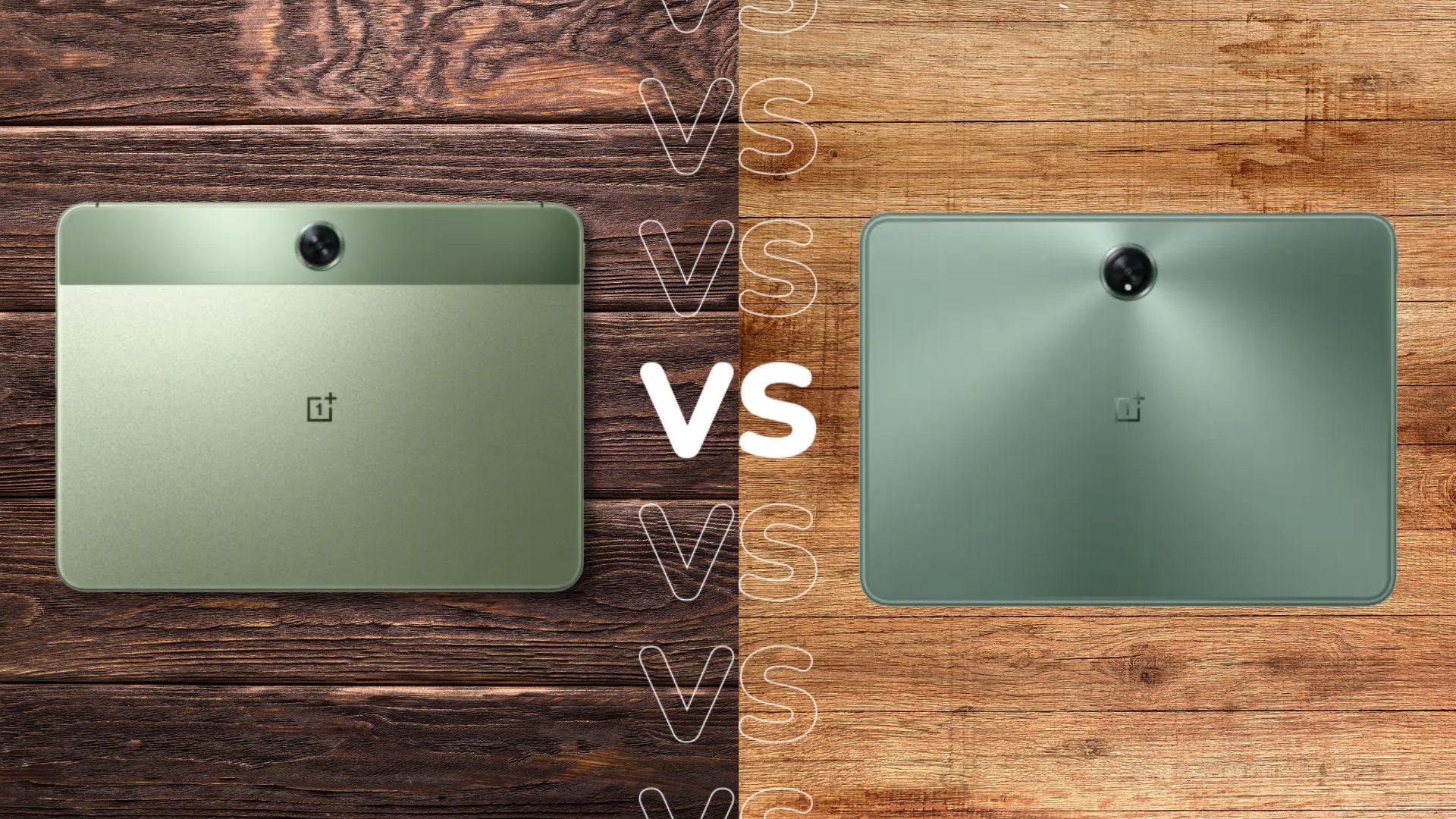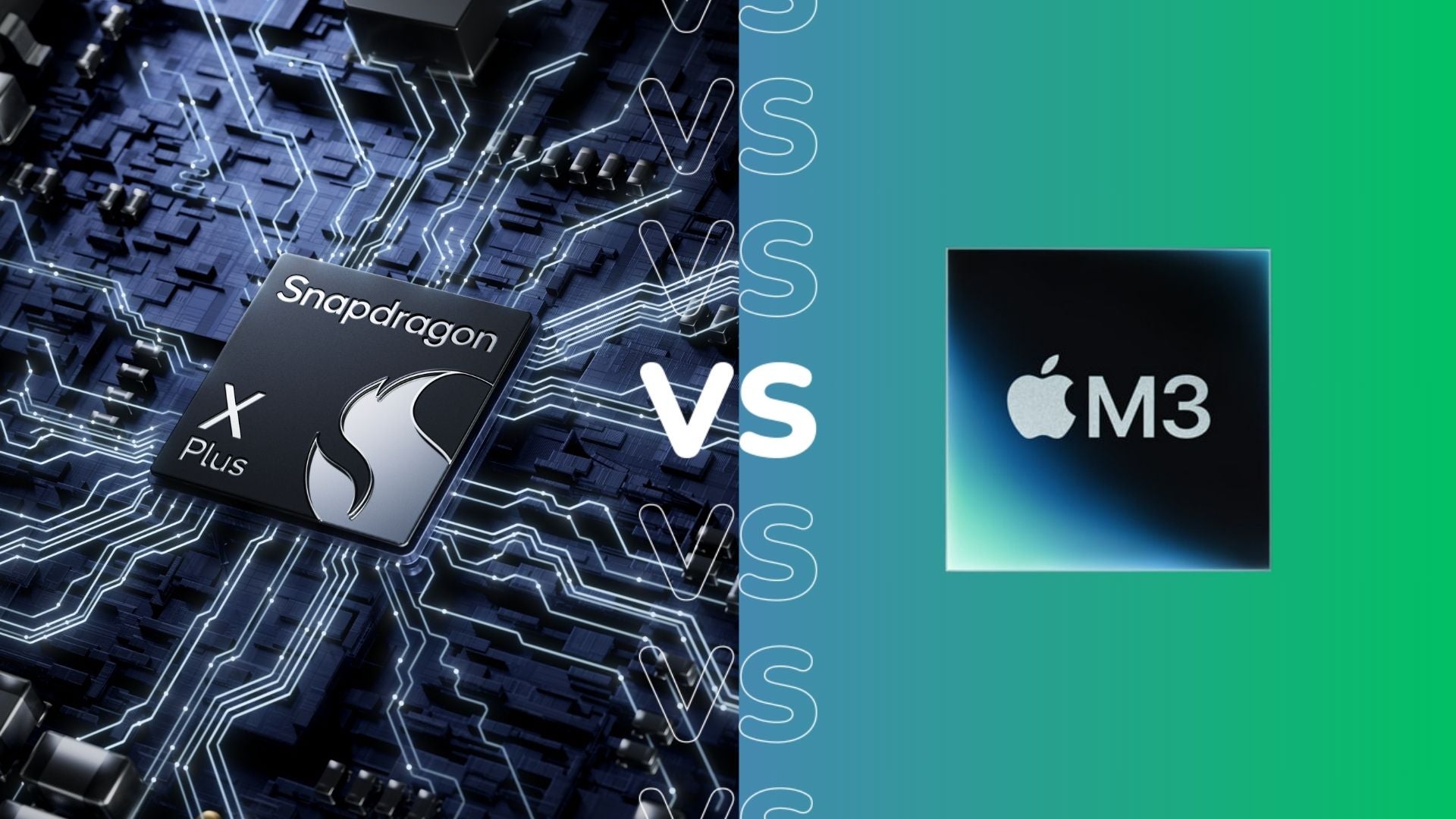LG G3 OLED vs Panasonic MZ2000: Comparing the two MLA OLED TVs
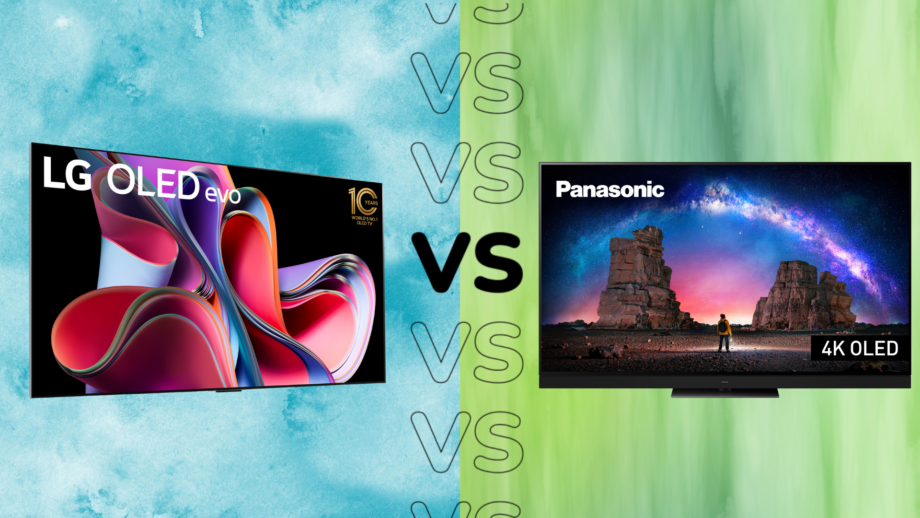
The latest generation of OLED screen technology has arrived in LG Display’s Micro Lens Array technology, and currently only three TVs have been announced as featuring this new panel.
They are LG’s G3 and Z3 models, and Panasonic’s MZ2000 OLED. Out of that group, the G3 OLED and MZ2000 will be going up against each other in the battle of the flagship 4K OLED screens, with both models stated as offering the best performance from their respective brands.
So how do these flagship OLEDs match up? We go through the ways in which they’re similar and differ to give you an idea of their strengths and weaknesses.
Both 4K OLEDs feature MLA panels
As mentioned, both these 4K flagship OLEDs integrate LG Display’s new Micro Lens Array (MLA) panel to increase peak and average brightness with HDR content, produce richer colours, and boost wide viewing angles.
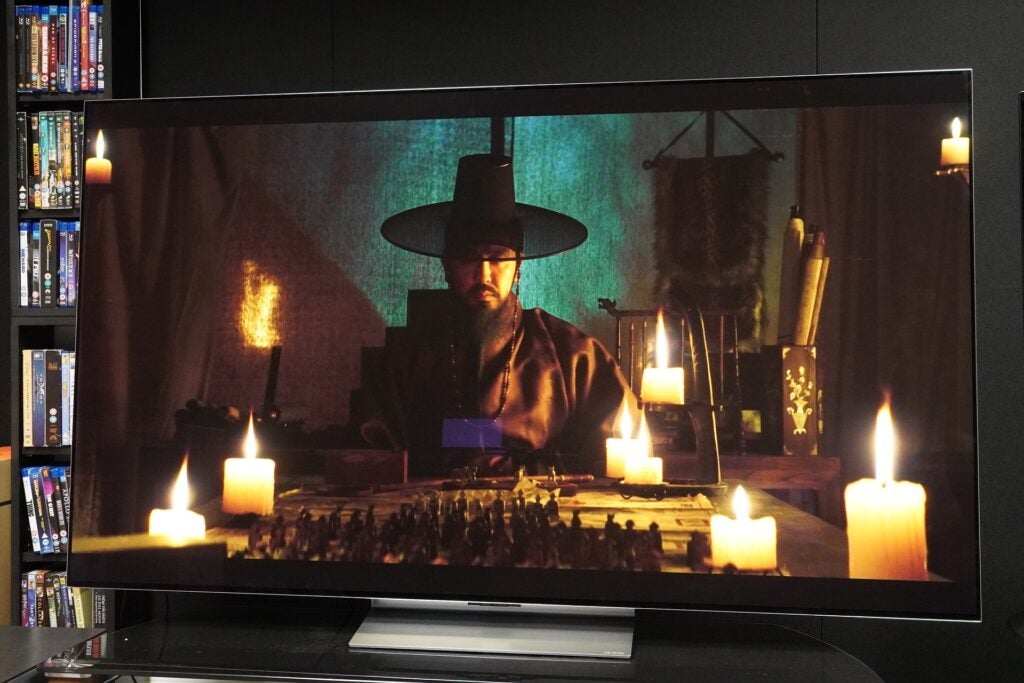
Both achieve this higher level of performance in different ways. LG’s Micro Lens Array is part of their overall META Technology, a combination of the new micro lenses and the META Booster algorithm that detects bright and dark areas of the image and boost them further.
Panasonic, on the other hand, is taking the Micro Lens Array part of the META Technology and merging it with its own ‘multi-layer heat management configuration’ (or heatsink) to create what it has dubbed as the Master OLED Ultimate panel. The heatsink will be able to manage the flow of heat/energy through the screen, marshalling the levels of brightness outputted, and managing issues that come with image retention that OLEDs can suffer from.
The MZ2000 has a more powerful sound system
The LG G3 OLED has a 4.2-channel 60W audio system, with the Korean company claiming it’s able to replicate a virtual 9.1.2 configuration to create a sense of height and width with Dolby Atmos content.
Panasonic’s is ploughing the same path it’s been on since the GZ2000, with a sound system bolted onto the back of the unit with a 160W of power at its disposal. From a design perspective it’s not as svelte as the G3 OLED, but it’s Technics-tuned 360° Soundscape system features both up- and side-firing speakers to propel sound away from the TV’s chassis.
Depending on the sound mode chosen, it can even fire sound to a specific area of a room or adjust the relative volume in different parts of the room.
LG G3 OLED supports Dolby Vision Gaming up to 120Hz
Given the relative paucity of games that support refresh rates up to 120Hz, as well as the fact that the Xbox Series X is the only game console that is compatible with variable refresh rates and Dolby Vision, this feature is perhaps not as popular (or as necessary) as some make it out to be. But for the fastest, slickest, and arguably best picture performance, Dolby Vision Gaming provides premium visual fidelity.
Of the G3 OLED and MZ2000, only the LG can support refresh rates up to 120Hz with Dolby Vision engaged. The Panasonic only supports refresh rates up with 60Hz with Dolby Vision (it can support up to 120Hz with AMD PC titles). For the most optimal performance, the LG would offer the highest quality.
The G3 OLED is designed to be wall-mounted
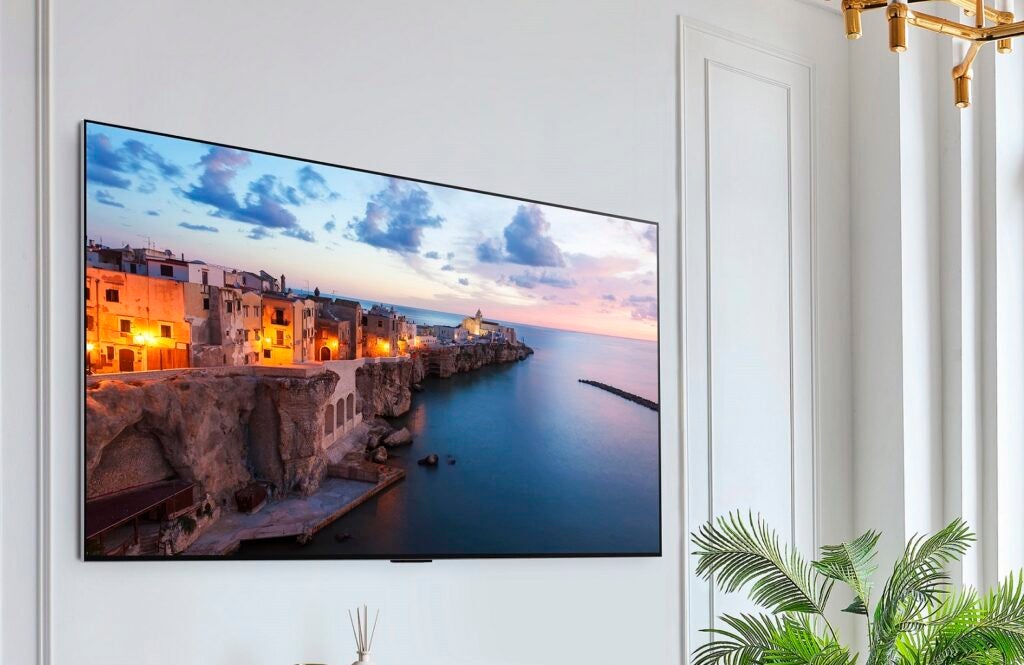
We’d be remiss if we didn’t (again) mention that LG designed the G3 OLED to be stuck on the wall rather than on a piece of AV furniture. It doesn’t come with a stand but one is available separately as an optional extra.
So while the Panasonic MZ2000 can be stood on a table, it’s arguably not as convenient to place on a wall. It does support wall-mounting but with its integrated sound system it’ll a) be heavy and b) won’t lie flush against the surface.
The MZ2000 supports a wide array of HDR formats
One of the more irritating aspects about the TV world is the lack of convergence over HDR formats. Some TV brands will support some but not others, which results in not being able to get the most optimal performance.
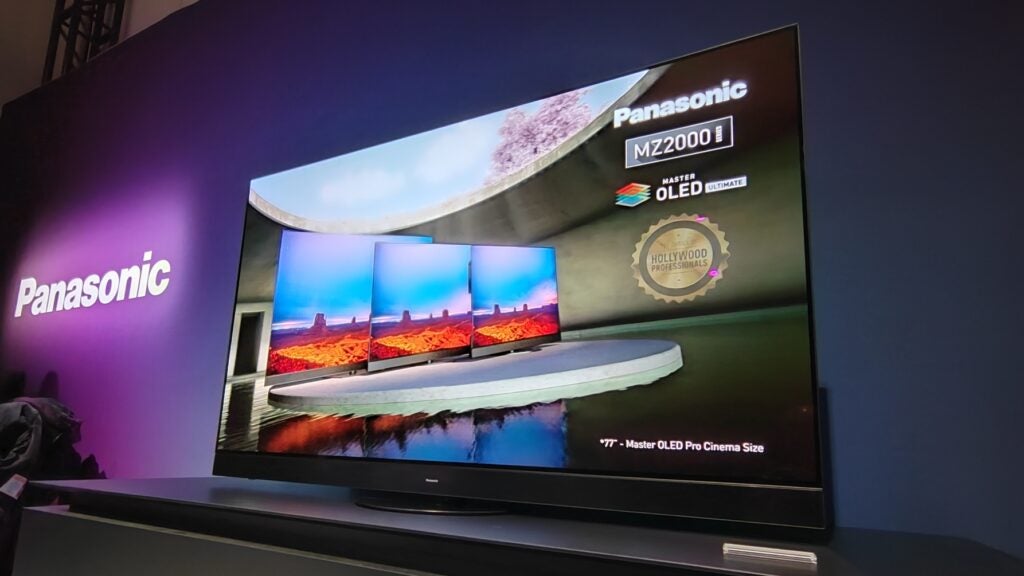
LG’s G3 OLED supports Dolby Vision IQ, HDR10 and HLG; while the Panasonic has a full house of HDR formats: Dolby Vision IQ, HDR10+ Adaptive, HDR10, HLG, and HLG Photo.
DV IQ and HDR10+ Adaptive are two HDR formats that automatically adjusts the HDR performance depending on the level of brightness in a room to preserve detail and contrast in the image. The Panasonic having both these options means it can fine-tune its performance across a wider range of streaming apps and 4K Blu-rays.
It can also perform this trick with Filmmaker mode (which both TVs support), with Panasonic’s Intelligent Sensing correcting the brightness on the fly.



